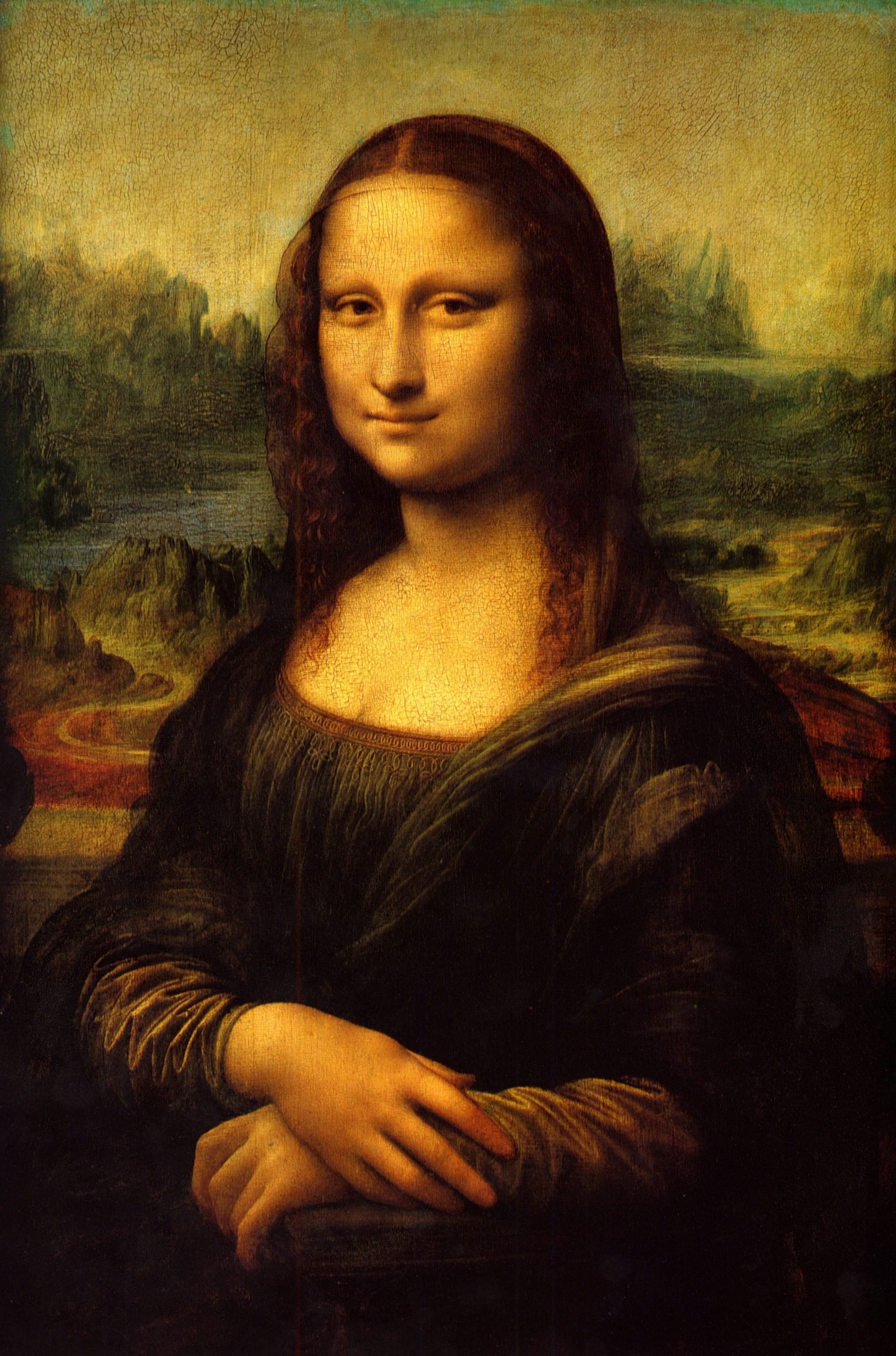
A rare chemical compound called plumbonacrite has been found on the underpainting of Leonardo da Vinci’s Mona Lisa, which sheds light on his processes, according to new research.
The presence of the compound was found using X-ray and infrared microanalyses by a team of researchers, led by Université Paris-Saclay scientist Victor Gonzalez and France’s National Center for Scientific Research, who published the study Wednesday in the Journal of the American Chemical Society.
“The mystery of the Mona Lisa lies not so much in her smile as in the painting techniques used by Leonardo da Vinci. Artist, engineer and architect, da Vinci was also an experimental chemist, with the Mona Lisa being his veritable laboratory,” the researchers said in a news release.
The researchers studied an “exceptional microsample” of da Vinci’s preparatory undercoat and found he used thick layers of lead white pigment and infused his oil with lead monoxide (PbO), which is now known to be toxic. The technique is “very different to that usually observed in oil paintings from this period,” according to the research team.
“Leonardo probably endeavored to prepare a thick paint suitable for covering the wooden panel of the Mona Lisa by treating the oil with a high load of lead II oxide, PbO,” the researchers wrote in supporting information to the study.
A rare chemical compound called plumbonacrite has been found on the underpainting of Leonardo da Vinci’s Mona Lisa which sheds light on his processes, according to new research. Photo: Courtesy of Journal of the American Chemical Society.
Additionally, Gonzalez and his team determined that the painting contained a much rarer and unstable lead compound, plumbonacrite, which has also been found on fragments of his painting The Last Supper.
Plumbonacrite had not previously been detected in Italian Renaissance paintings, though previous research has found the compound in works by Rembrandt van Rijn and Vincent Van Gogh.
In the latest study, the researchers also scoured da Vinci’s journals for mentions of words and variant spellings that could offer further clues about how he made the yellow pigment in which the plumbonacrite was found.
Those terms include: giallo, gialo, calo, gallo, gialio, gialli, giali, ciali, giallolino, gialolino, gialorino, Letargirio, litarge, litharge, Macicot, masticot, and massicot.
The analysis revealed 144 occurrences of the word “giallo” and its variants, but usually to designate the color rather than a particular pigment. However, most of these occurrences did not include any further descriptions that could help determining the chemical nature of this “yellow” and Leonardo’s process in making it.
The research was carried out in coordination with France’s Culture Ministry, the Louvre Museum, and the Synchrotron Radiation Facility.
More Trending Stories: